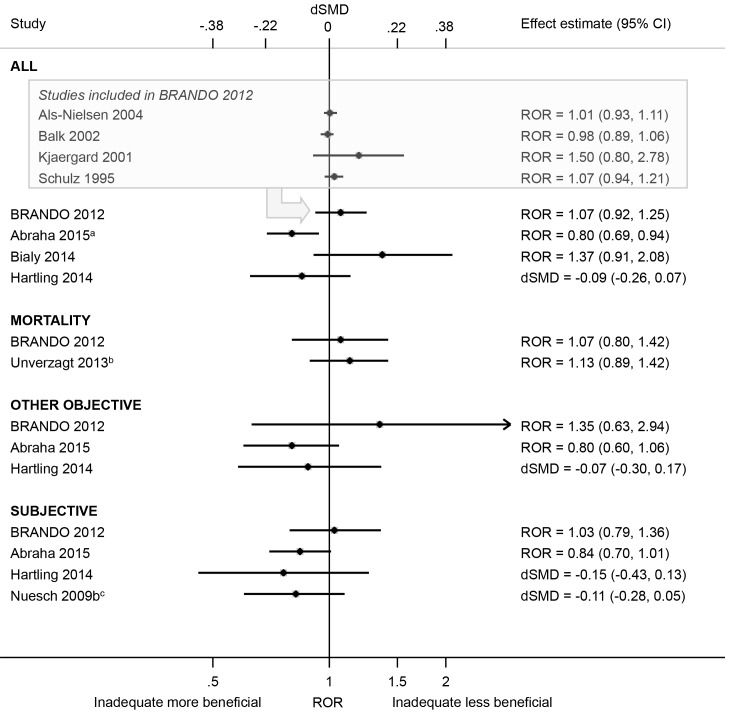Fig 8. Estimated RORs and dSMDs associated with any (versus no or minimal) attrition.
The boxed section displays the average bias estimates, where available, from the four meta-epidemiological studies contributing to the BRANDO 2012 study. The Abraha 2015a ROR is based on a multivariable analysis with adjustment for use of placebo comparison, sample size, type of centre, items of risk of bias, post-randomisation exclusions, funding, and publication bias [the corresponding univariable ROR (95% CI) is 0.83 (0.71, 0.97)]. The Unverzagt 2013b ROR is based on a multivariable analysis with adjustment for sequence generation, allocation concealment, double blinding, selective outcome reporting, early stopping, pre-intervention, competing interests, baseline imbalance, switching interventions, sufficient follow-up, and single- versus multi-centre status [the corresponding univariable ROR (95% CI) is 1.19 (0.98, 1.45)]. The Nuesch 2009bc dSMD is based on a multivariable analysis with adjustment for allocation concealment [the corresponding multivariable dSMD (95% CI) with adjustment for blinding of participants is -0.15 (-0.30, 0.00), and the corresponding univariable dSMD (95% CI) is -0.13 (-0.29, 0.04)].

